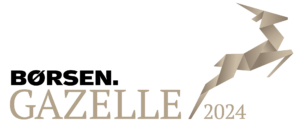It is no secret that our lives are becoming more digital. We seek every opportunity for data and digital tools to give us a helping hand. Just think about the buzz surrounding Chat GPT and AI technology these days.
The energy sector is no exception.
The use of operational and performance data has, for many years now, been an integrated part of running especially renewable plants. The question is: How does the future look regarding renewable data?
We have interviewed Kasia Kandulski Lindegaard, Director of Marketing & Business Innovation at SCADA International, about the digital trends she predicts will shape the renewable industry in the years to come.
“You cannot mention digitalization without mentioning data – data is the enabler for asset efficiency, transparency, and optimization processes.”
According to Kasia Kandulski Lindegaard, there is a clear connection between digitalization and data:
“Digitalization has become one of the key facilitators to ensure the fast pace of development we see. In the renewable energy sector, you cannot mention digitalization without mentioning data – data is the enabler for asset efficiency, transparency, and optimization processes.”
This is backed by an analysis by Accenture in collaboration with the World Economic Forum, which states that “digital technologies, if scaled across industries, could deliver up to 20% of the 2050 reduction needed to hit the International Energy Agency net-zero trajectories in the energy, materials, and mobility industries”.
Data allow companies across the renewable energy business to increase profitability by improving the renewable assets’ efficiency and operations, reducing the Levelized Cost of Energy (LCoE) because processes are more optimized and reliable. As a positive side effect, the prospects of increased earnings will attract new businesses, paving the way for scalability in renewable projects.
But in what ways will the development of data facilitate this outlook?
Below, Kasia Kandulski Lindegaard identifies three trends that are just beginning to touch the surface when we talk about data in the renewable energy sector.
1 Forecasting data and warnings
As we approach a greener and more renewable future, the demand for forecasting and prognosis data will become the alpha and omega of plant operations. As per the definition, renewables are fluctuating energy sources, meaning that the power production depends on the presence of wind or the sun. Forecasting data where weather patterns are analyzed are thus crucial when planning the energy production in advance to ensure the balance between production and demand.
With big data, machine learning, and predictive data algorithms, power providers and traders can forecast the expected power production and plan accordingly. Likewise, diagnostics data can be utilized to predict turbine failures before they occur, enabling asset managers to react and avoid downtime and expensive repairs.
“More and more stakeholders require reliable, predictive data to execute their strategies and better decision-making – we see this across the entire industry,” says Kasia Kandulski Lindegaard, and continues:
“The challenge is that data from renewable power plants are rather diverse. So, to ensure access to these data, power providers and traders will need software systems that can combine all the data from various sources and in many different formats. And such integrations don’t happen overnight.”
2 Automations and integration of data
Another way data are optimizing renewable operations is in terms of automations. As more data become available, smart automation flows can be set up. Examples could be scheduled start and stop of wind turbines, scheduled maintenance checks, or automatic reporting.
“When we think of automations today, we often think of alarms and warning signals that are pushed forward when the system detects failures or safety issues. But I think we have only seen the tip of the iceberg of how automations can improve plant performance. The potential is endless,” explains Kasia Kandulski Lindegaard.
Again, the key enabler is the integration of data and systems: “For us to unlock this potential of automations, the systems must be able to communicate with each other. This presumes that the systems speak the same language, as you can say, which is not always the case. Especially with the rise in hybrid plants, there will be a demand for systems that work across different technologies.”
3 Traceability data and green certificates
With the increased focus on consumer attitudes within the energy sector, more power trading businesses have begun exploring the opportunities of offering green certificates to consumers, guaranteeing that the energy they use is produced by renewable plants. By tracking the energy flows, the carbon footprints can be registered.
According to Kasia Kandulski Lindegaard, the development of traceability data offers many possibilities in the renewable energy sector:
“Transparency is key for both power producers and their customers, and traceability data can enable that and much more.”
In 2014, SCADA International developed a green metering solution for power providers that operate in markets with bonus schemes and regulations like Green Certificates. It tracks renewable power production before it reaches the power grid, so that potential losses can be documented.
“It doesn’t surprise me that we now see a continuation of this approach in the market with the introduction of new technologies like blockchain technology. With the emergence of the power-to-X industry, it will also, to some extent, be necessary to ensure that the power used in power-to-X plants is green and not coming from conventional power plants,” Kasia Kandulski Lindegaard explains and concludes:
“As soon as this market matures, I think the development in traceability data and green certification will accelerate, and in that way, accelerate the green transition, too.”

